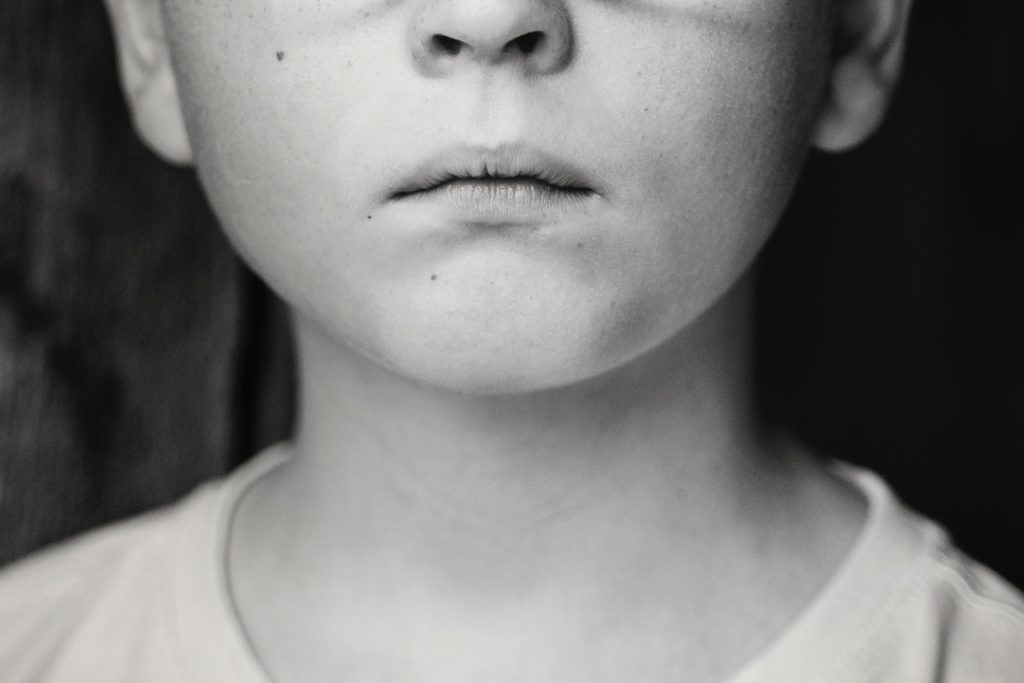Anxiety, Sensory Processing
Using Sensory Integration to Help Young Trauma Survivors

Using Sensory Integration to Help Young Trauma Survivors
Sensory Integration is a relatively easy way to guide trauma victims towards full recovery. Researchers have recently begun to learn more about the important link between sensory integration challenges and children who have suffered from trauma.
Similar to adults who suffer from Post Traumatic Stress Disorder (PTSD), children who experience trauma early in life may be anxious or constantly concerned something bad will happen.
Recognizing these children’s understanding of the world is based upon their sensory systems is an important first step to help young trauma survivors cope with everyday experiences.
Which Comes First – Sensory Challenges or Trauma?
It’s difficult to pinpoint whether a child who struggles with sensory integration is more susceptible to a traumatic event or if a traumatic event causes them to have sensory difficulties.
Researches can confirm, however, the two are closely intertwined and that trauma has a huge impact on sensory integration. More specifically, trauma significantly impacts a child’s ability to respond to sensory inputs.
Furthermore, not only might a child experience an intense emotional reaction when reminded of a traumatic event, but also the experience may alter their ability to process sensory inputs on any given day.
This is important as it provides a great deal of insight into why some children struggle to deal with sensory processing in school, home or just playing outside with friends.
What Are Sensory Systems?
When one considers the senses, the sense of smell, taste, hearing, sight and touch typically come to mind. In actuality, however, there are two additional senses that greatly impact a person’s daily interactions with the world – the sense of balance and sense of body position.
Understanding how these systems interact when a person experiences trauma can make it easier to react to future events and stimuli.
Relationship Between Sensory Integration and the Senses
Many people notice their patience level rapidly decreases when they’re exhausted, that smells grow stronger when they’re ravenous or that it is difficult to focus when a television is blaring in the background.
These are classic examples of how a person’s body, brain and emotions respond to each other when confronted with various sensory inputs. If one sensory is overloaded or too much stress is placed on it, the other two are impacted.
Such reactions vary between people and may differ for a person day-to-day or even hour-by-hour. Simply put, at times a person may be over-reactive to a certain stimuli, fully noticing and experience the sound, smell, taste, etc. At other times, the same person may be under-reactive, barely impacted by the experience.
Who is impacted by Sensory Integration Difficulties?
Certainly some children, based on previous experiences and innate processing abilities, are better able to cope with sensory inputs than others. However, at some point, everyone faces difficulties with sensory processing. For example, when you’re tired, hungry, or stressed, you may react in a less than desirable manner.
And, all children on the autistic spectrum face some sensory integration difficulties (it should be noted, however, that not all children who have difficulties processing sensory inputs are on the spectrum).
Helping Child Trauma Victims Improve Their Sensory Processing
A person deals with trauma using sensory processing and lower brain functions (and not with things such as rational thoughts). Therefore, responses may not be reasonable as they are driven by instinctual reminders.
This knowledge can be vastly helpful in guiding treatment for young trauma victims. For example, when talk therapy is used exclusively, not all of the impacted senses are addressed.
Consequently, as illustrated in a 2010 study by Kaiser et al., trauma victims show far more improvement when therapy includes sensory integration treatments.
Addressing such areas of challenge both alleviate trauma symptoms and assists children in developing strategies to better manage future situations. For children who may be struggling to manage sensory inputs, changing the intensity of the input can help immensely.
For example, decreasing the volume of a video clip, lowering the level of surrounding activity or minimizing the use fabrics perceived as “itchy” or “clingy”, may help significantly.
Conclusion
Additional research still needs to be completed to discover how to engage the lower brain and the sensory systems that are most impacting any given victim.
Such information has the potential to provide children with strategies to rationally deal with seemingly stressful experiences and minimize any responses that may be inappropriate to help young trauma survivors.
CoordiKids encourages the development of the sensory motor skills through easy exercises that can significantly help trauma victims. Contact our team should you need specific advice or support.